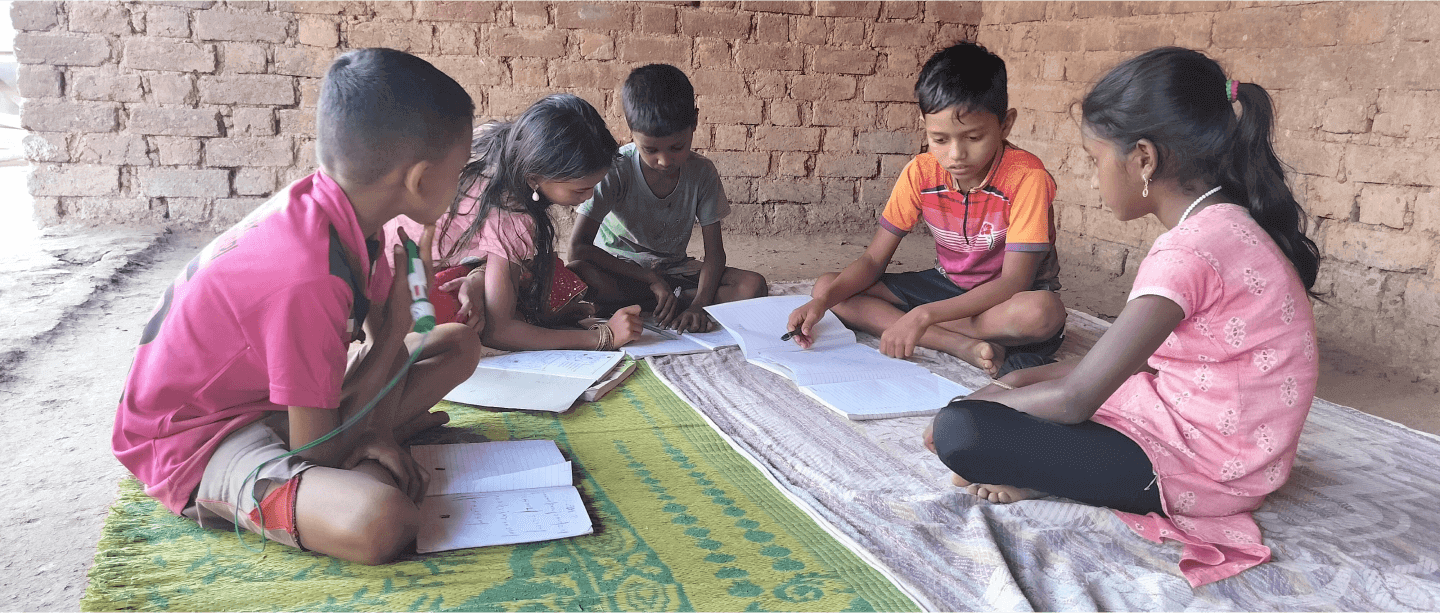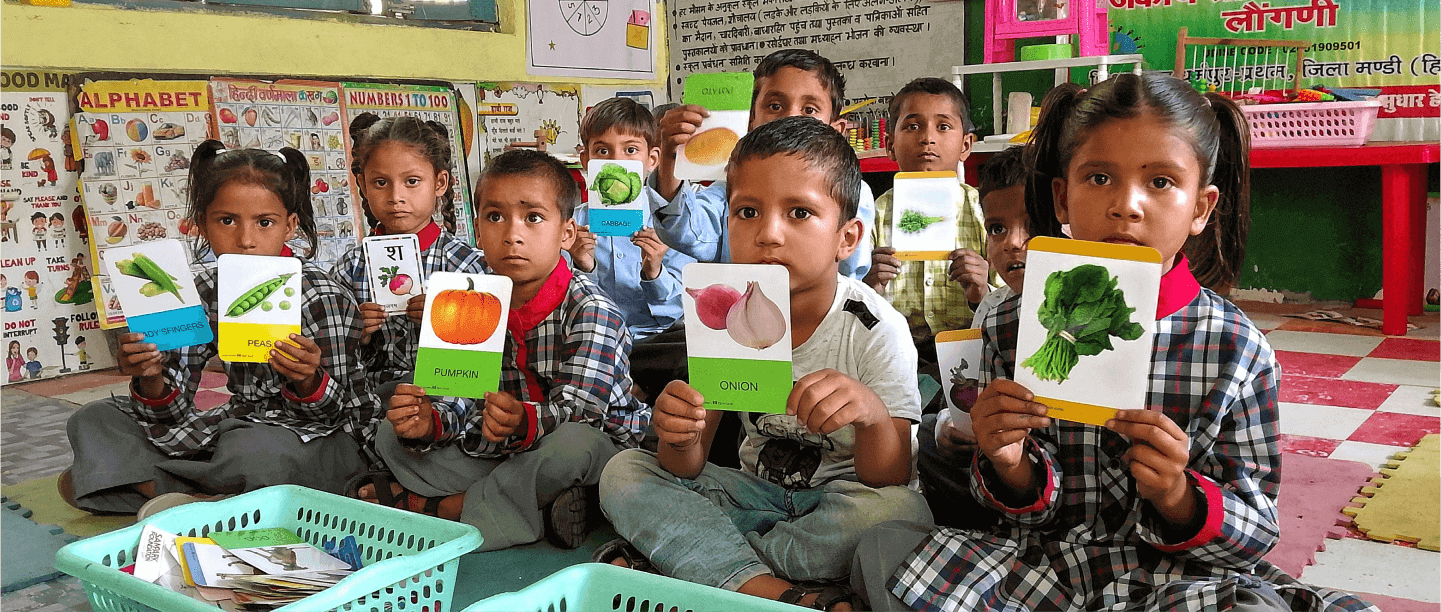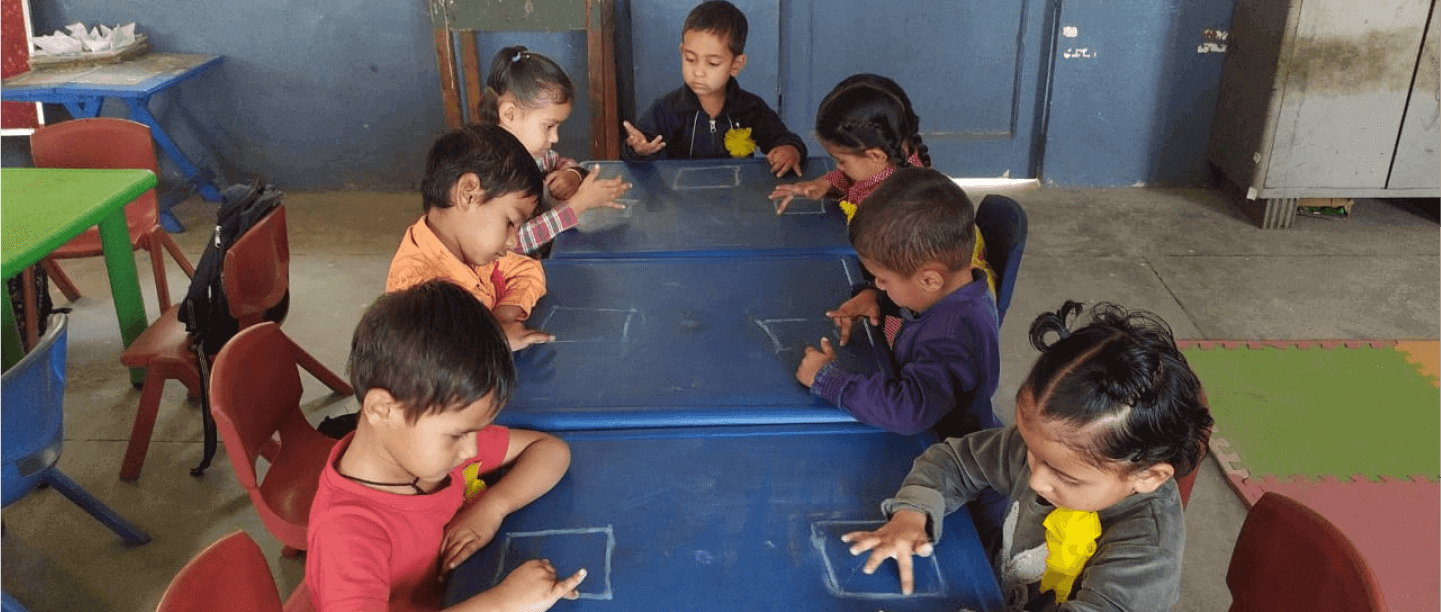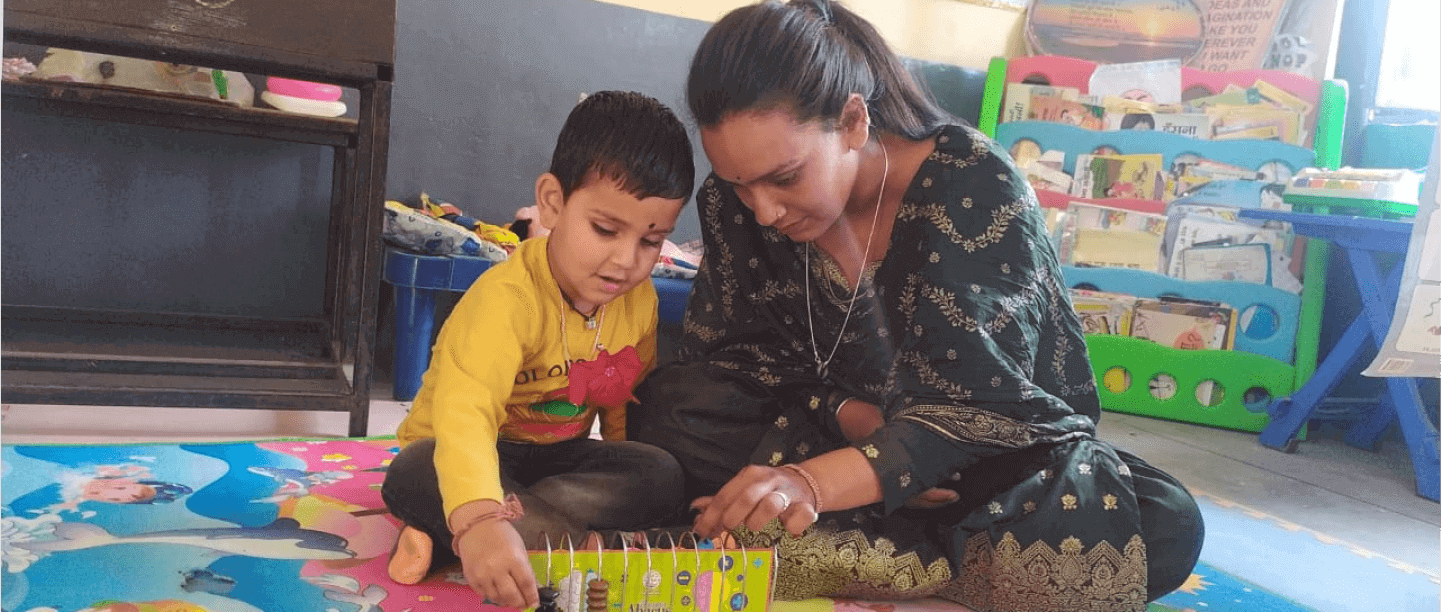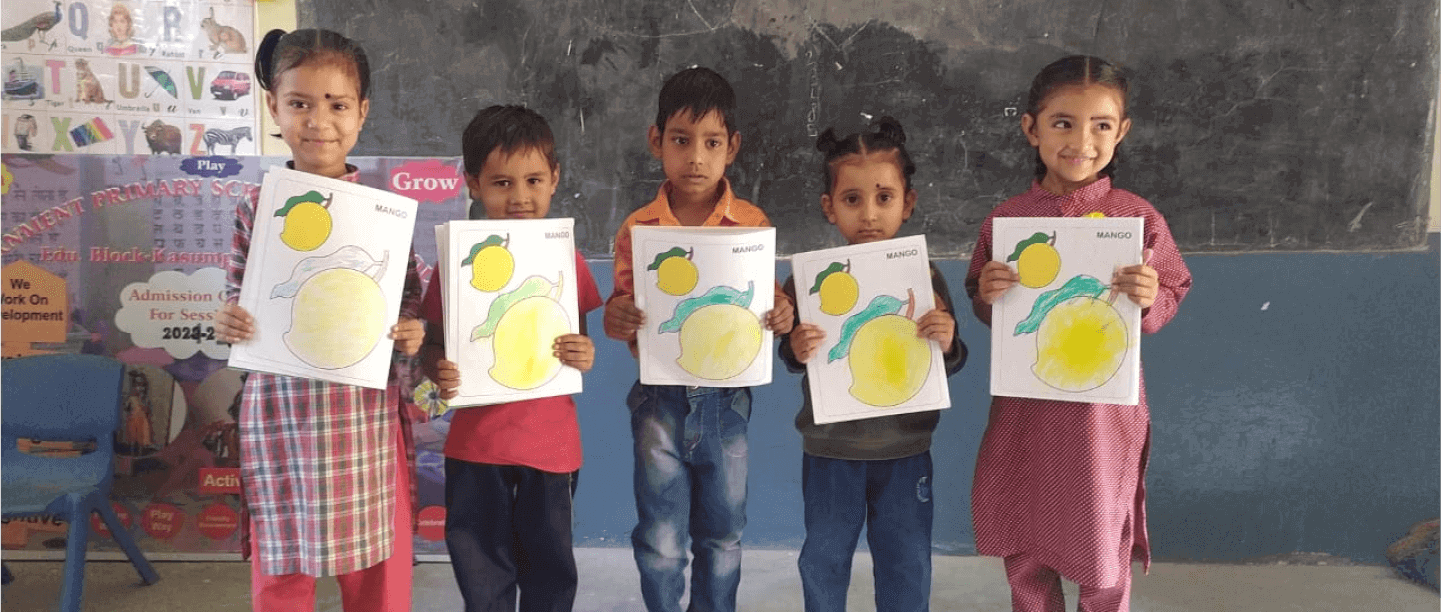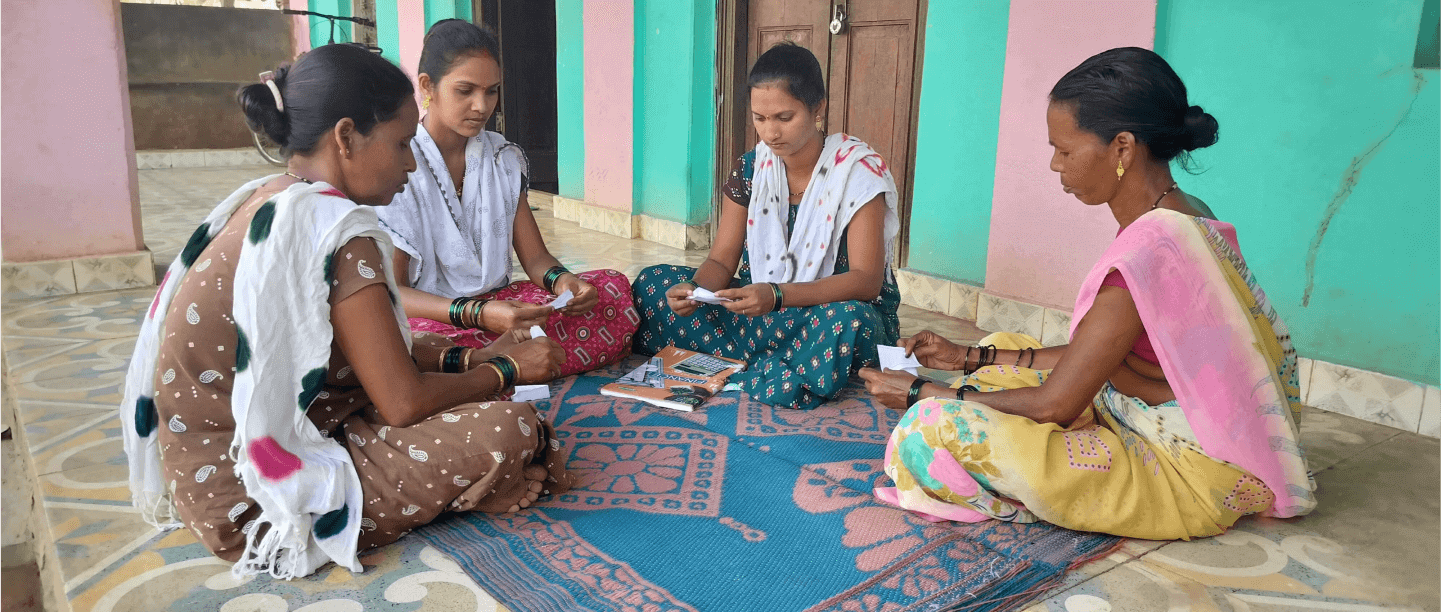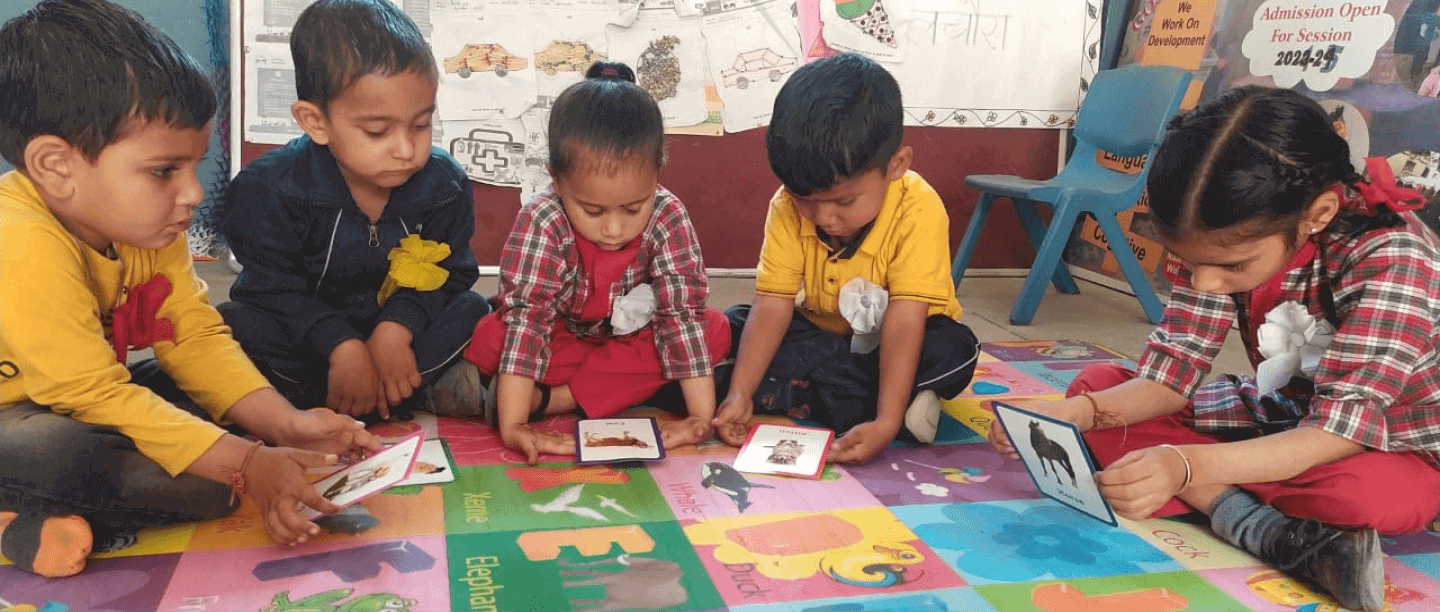
Quality education is a fundamental right for every child, and it should be provided in a holistic environment that fosters their growth and enables them to reach their full potential. Ideally, parents, teachers, and school administrators aim for their students to progress based on their learning levels. Unfortunately, some students struggle to attain the expected levels of learning, resulting in what is commonly known as the learning gap.
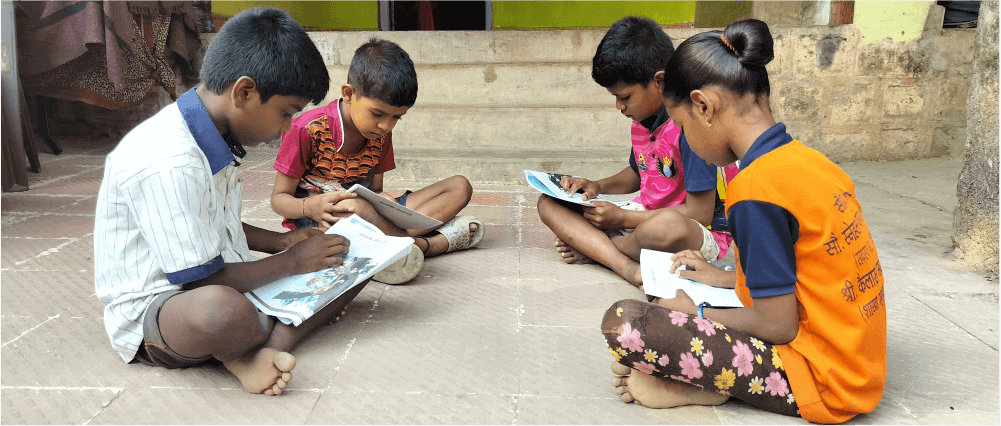
A learning gap is a difference between what a student is expected to understand and what they actually understand at their grade level. This difference occurs when a child is pushed to advanced education before their complete understanding of the basics. When the foundations are not clearly understood, it is given that the student will not be able to grasp newer and more advanced concepts.
Learning gaps may vary from student to student. Some may struggle to grasp a concept, while others may fall behind in an entire subject.
The learning gap can often be overlooked as a child’s academic progress is often seen as an indicator of their learning growth. However, it’s difficult to determine how much a child has truly internalized and applied to their next grade level. This aspect is not easily observable. Sadly, the ASER reports reveal that this disparity has been ignored and has only grown over time.
Not just this but other alarming stats from the report show us the reality of the rural education landscape and its effects on the increasing learning gap.
A learning gap emerges when a student does not meet their projected learning level, putting them under immense pressure to cope with academics in a short period of time. As the student advances to the next class, this becomes a bigger issue. Because if students do not develop key academic skills such as reading, writing, and math, as well as social skills, they may find it more difficult to develop these essential skills later in life.
P&G Shiksha since its inception in 2005, has evolved into a holistic education program that aims to improve learning outcomes in children, strengthen educational infrastructure and empower marginalized girls through education. P&G Shiksha and its partners are constantly trying to bridge this gap at foundational as well as higher grade levels.
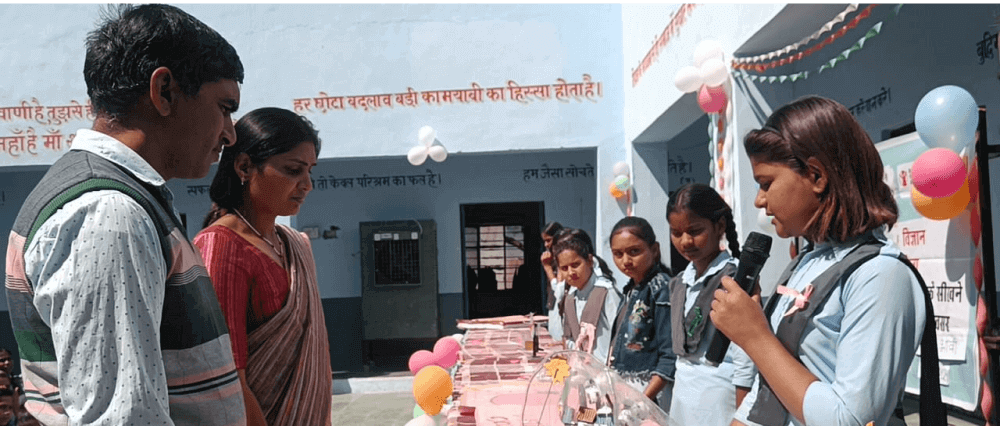
P&G Shiksha and Pratham’s Early Childhood Education Program
P&G Shiksha and Pratham Education Foundation focus on improving children’s motor, cognitive, social-emotional, language, and creative skills, preparing them for rapid growth as they enter school.
‘Ei Mindspark’ assists in bridging the learning gap in children and bringing their learning levels up to grade level. Ei Mindspark is a learning management system that assesses each student’s learning level and creates a personalised learning route for them.
Know more about P&G Shiksha here
We’ve all experienced this learning gap at some point in our lives. Let us ensure that the next generation has greater assistance and guidance to address and overcome the gap.
Sources:
